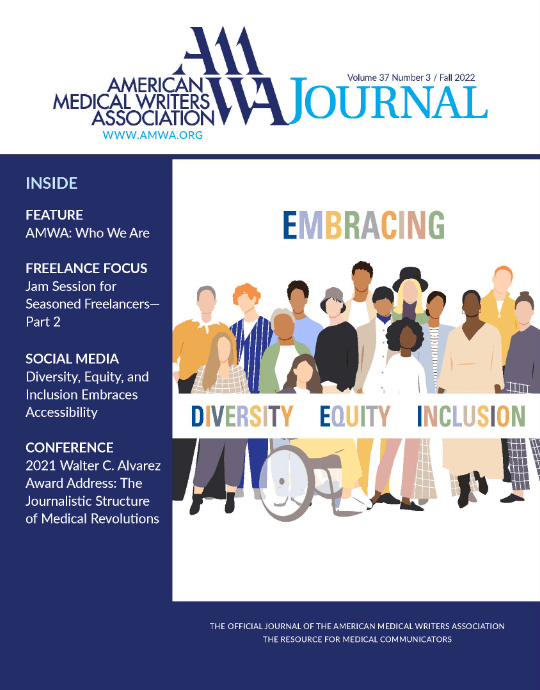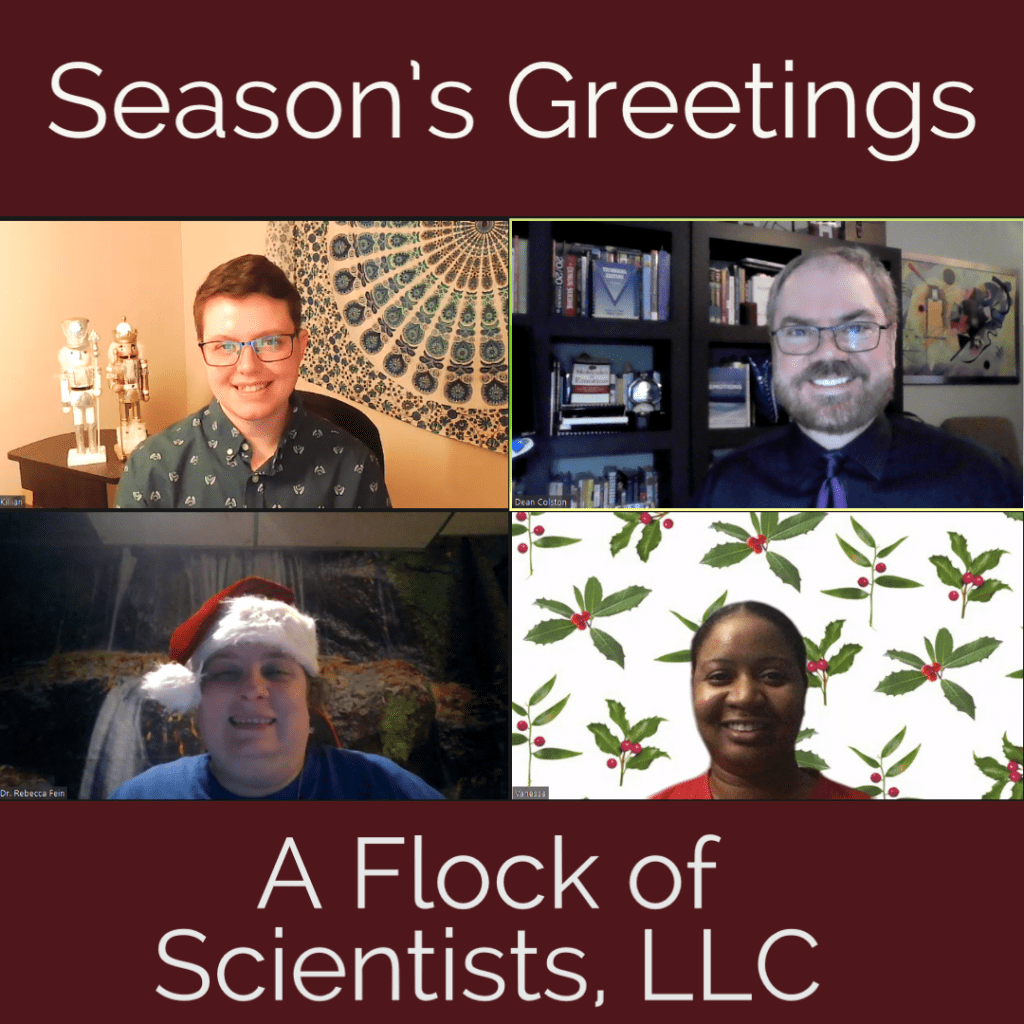![Pronouns, English language sign series for writing & teaching. © [EdwardSamuel] / Adobe Stock](https://drdean.edublogs.org/files/2018/08/Pronouns-1vkc19a-1co220o-300x198.jpg)
Pronouns, English language sign series for writing & teaching. © [EdwardSamuel] / Adobe Stock
There are eight parts of speech in the English language: verb, adjective, adverb, preposition, conjunction, interjection, noun, and pronoun. Many students find some aspects of pronouns tricky. As you may already know, pronouns take the position of nouns and function as nouns do.
A pronoun that functions as the subject of a clause or sentence is in the subjective case. Case refers to the form of a word that indicates its use in a sentence as the subject of a verb, the object of a preposition, etc.
The subjective case includes I, we, he, she, it, you, they, who. The subjective case is also used when the pronoun follows a linking verb, which is a verb that relates the subject to the subject complement. For example, words commonly used as linking verbs are become, seem, feel, appear, taste, look, smell, sound, and the forms of the verb be. To apply this concept in a more traditional sense, I have presented three examples of the subjective case:
He is my teacher. (subject of verb)
My teacher is she. (subject complement)
The only ones on stage were Kevin and she. (subject complement)
A pronoun that functions as the object of a verb or preposition is in the objective case (me, us, him, her, it, you, them, whom). I have noted two examples for your review as follows:
Dr. Smith hired Susan and me. (object of verb)
Between you and me, he’s wrong. (object of preposition)






![Autumn: Oboe and Colorful Leaves on Music Page. © [AardLumens] / Adobe Stock](https://drdean.edublogs.org/files/2019/06/Oboe-and-colorful-leaves-300x230.jpeg)
![ACCESSIBILITY - Red text on typography background - 3D. © [Chris Titze Imaging] / Adobe Stock](https://drdean.edublogs.org/files/2018/09/Accessibility-1qmxvwk-1srh1b9-300x150.jpeg)
![Scientific reviewing. © [Tomas Skopal] / Adobe Stock](https://drdean.edublogs.org/files/2018/08/Scientific-Reviewing-1jc05ef-1z9hzbs-300x200.jpg)
![Pronouns, English language sign series for writing & teaching. © [EdwardSamuel] / Adobe Stock](https://drdean.edublogs.org/files/2018/08/Pronouns-1vkc19a-1co220o-300x198.jpg)
